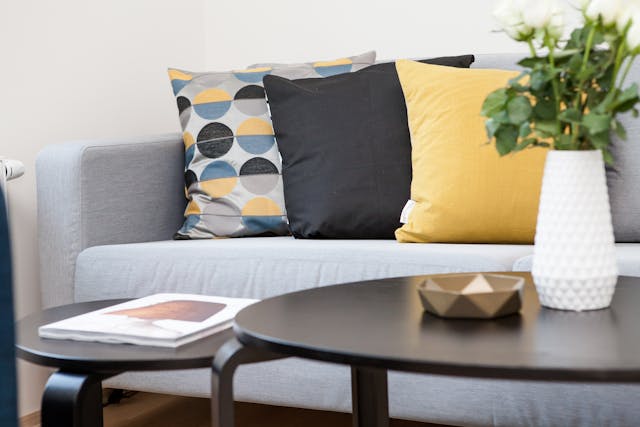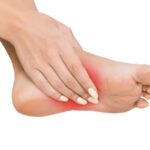
13 May Four Easy Ways to Reduce Your Fall Risk
Every year, up to 80% of falls that result in an emergency room visit are falls that happen at home. Falls can be very dangerous or even deadly, especially to older or more vulnerable individuals. Crowded, cluttered areas, slippery surfaces, dim lighting, or even decorative rugs can increase your fall risk. If your family and friends worry about you falling – and especially if you have had previous falls with (or without) injury- here are 4 tips to reduce your fall risk and make your home safer:
1.Reduce Tripping Hazards: The more you can remove or reduce clutter, slippery spots, or dangerous areas, the safer your home will be. Try to keep items on the floor picked up and have a dedicated location for items like shoes or umbrellas. For slick spots on the floor, you can add a non-slip mat to provide extra traction. Try to keep halls and walkways clear of large or bulky furniture or items.
2. Look for Hazards on the Floor: If you have area rugs, we suggest placing tape under the corners and edges to keep them from flipping up and creating a tripping hazard .You can also replace your area rugs with non-slip mats instead, which are designed to create safer walkways. Locate electrical cords which may be exposed near your lamps, television, or other devices. Bundle these electrical cords with specially-designed cord cover or with something like velcro cord wraps. Make sure that these power cords aren’t exposed near where you walk.
3. Choose Safe Footwear: When we are at home, we want to be as comfortable as possible; however, you may be putting yourself at a higher fall risk. We don’t advise slippers, house shoes, or socks, since they have slick soles and are often not supportive. We recommend tennis shoes, closed-toed shoes with heel support, or non-skid socks to keep you safely standing on your feet!
4. Add Safety Features: Consider installing grab bars in the bathroom near your shower and toilet to help support you. Additionally, consider adding more lighting for the bedroom, hallways, or bathroom to brighten dark walkways and corners. For a tech-savvy option, programmable “smart home” switches or plugs can help you create a schedule for your lights, so you can ensure you’ll have plenty of light when you’re up and active. Motion-activated lights in especially dark areas can be another good addition to your safer home environment.
At Body One Physical Therapy, we regularly help patients improve flexibility, strength, and balance and also work with patients on fall prevention programs. Our expert providers will talk with you about the best way to make your home safer and reduce your fall risk. If you’re concerned about falling or have a history of falls, working with a Body One physical therapist is a great way to address any strength or balance issues and improve your total safety.
Body One has three convenient locations serving Central Indy: Fishers, North Meridian, and Zionsville. We’ve helped patients of all ages and activity levels for over 20 years and we’d love to show you how we help patients Get PT and Get Better! Call or click to schedule today!








